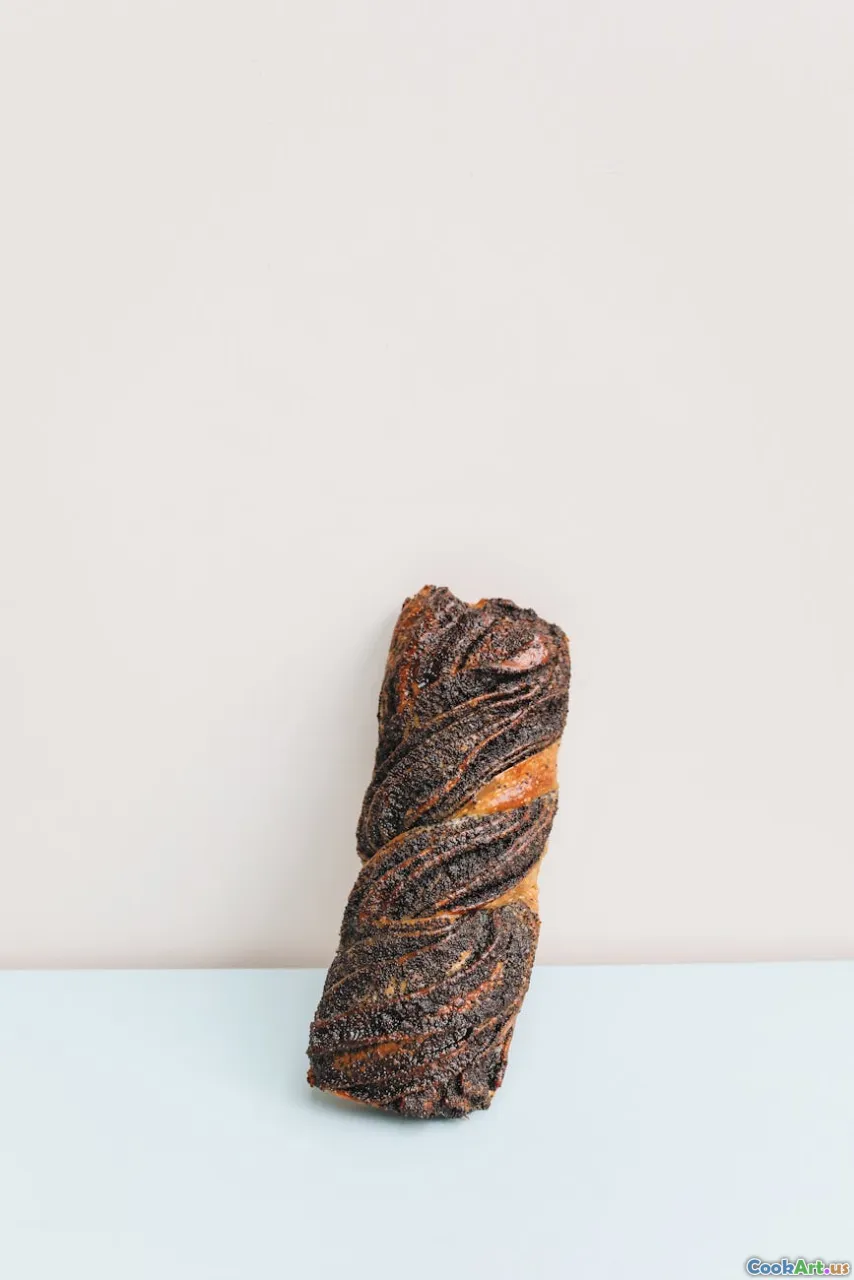Traditional Recipes with a Twist
5 min read Explore innovative twists on traditional recipes from around the world that surprise and delight the palate. April 13, 2025 03:45
Traditional Recipes with a Twist
When it comes to cooking, tradition is often revered, but innovation can breathe new life into age-old recipes. This article explores how classic dishes from various cultures can be transformed with a creative twist, allowing both home cooks and professional chefs to explore new culinary horizons.
The Essence of Tradition
Traditional recipes hold a special place in our hearts, often passed down through generations. They reflect cultural heritage, regional ingredients, and the history of the people who created them. However, as our world becomes more interconnected, the blending of these traditions fosters exciting culinary possibilities.
Why Add a Twist?
Adding a twist to traditional recipes can serve many purposes:
- Cultural Exchange: By incorporating elements from other cuisines, we can create a dialogue between cultures.
- Personalization: A twist allows cooks to express their creativity and adapt dishes to personal tastes or dietary needs.
- Innovation: Culinary innovation can lead to the discovery of new flavors and techniques, enhancing our cooking repertoire.
Examples of Traditional Recipes with a Twist
1. Tandoori Chicken Tacos
Inspired by the flavors of Indian cuisine, these tacos feature marinated chicken cooked in a traditional tandoor oven. The twist? Instead of serving it with naan, wrap the chicken in soft corn tortillas, topped with a refreshing mint yogurt sauce and pickled onions. This fusion dish combines the spices of India with the simplicity of Mexican street food.
2. Ramen Carbonara
A delightful blend of Japanese and Italian cuisine, Ramen Carbonara uses traditional ramen noodles instead of spaghetti. The creamy sauce made with eggs and cheese is elevated with the umami flavors of miso and topped with crispy pancetta and a soft-boiled egg. This dish showcases how two beloved cuisines can complement each other beautifully.
3. Spanakopita Quiche
This twist on the classic Greek spinach pie replaces the traditional phyllo pastry with a flaky quiche crust. Filled with a mixture of spinach, feta, and eggs, it retains the essence of spanakopita while offering a new texture and flavor profile. Serve it warm as a brunch item or light dinner.
4. Chili Con Carne Sushi Rolls
Merging Tex-Mex and Japanese cuisine, these sushi rolls are filled with chili con carne, avocado, and shredded cheese. Wrapped in sushi rice and nori, they create a unique handheld meal that delights with every bite. Serve with a spicy salsa for dipping.
5. Baklava Cheesecake
For dessert lovers, a baklava cheesecake combines the rich, nutty flavors of traditional baklava with the creamy texture of cheesecake. The crust made from crushed phyllo dough and nuts, layered with a sweet spiced filling, offers a decadent finish to a meal.
Cooking Techniques to Consider
When experimenting with traditional recipes, consider these techniques:
- Sous Vide Cooking: Perfect for meats, sous vide allows for precise temperature control, ensuring tenderness while infusing flavors.
- Fermentation: Incorporating fermented ingredients can add depth and complexity to dishes, as seen in many world cuisines.
- Smoking: Using wood chips to smoke ingredients can enhance flavors, making even the simplest dishes more aromatic.
Conclusion
Innovating on traditional recipes not only honors the past but also embraces the future of culinary arts. By exploring new ingredient combinations and cooking techniques, we can create exciting dishes that pay homage to cultural heritage while reflecting our personal tastes. So, next time you're in the kitchen, consider giving a traditional recipe a twist — you might just discover a new favorite dish!









